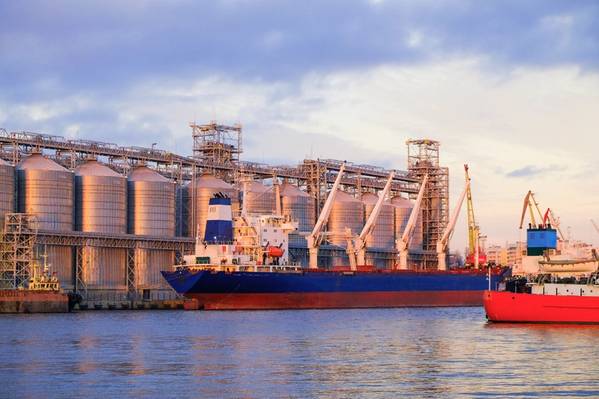
The Baltic Exchange's main sea freight index, which tracks rates for ships carrying dry bulk commodities, on Monday was down at its lowest since early January, as rates weakened across vessel segments.
The Baltic dry index, tracking rates for capesize, panamax and supramax vessels ferrying dry bulk commodities, fell 8 points, or 0.6%, to 1,444. The index extended its losing streak to seven sessions.
The capesize index was down 19 points, or 1%, at 1,871, its lowest since Dec. 22.
Average daily earnings for capesizes, which typically transport 150,000-tonne cargoes such as iron ore and coal, were down $159 at $15,516.
China's coking coal futures slumped for a tenth straight session on Monday, dragged down by weakening demand for the raw material and easing concerns over supply in the world's top steel producer.
The panamax index edged 3 points, or 0.3% lower, to 1,630, a near two-week low.
Average daily earnings for panamaxes, which usually carry coal or grain cargoes of about 60,000 tonnes to 70,000 tonnes, fell $26 to $14,669.
The supramax index was down 3 points at 1,162.
(Reporting by Bharat Govind Gautam; Editing by Maju Samuel)



